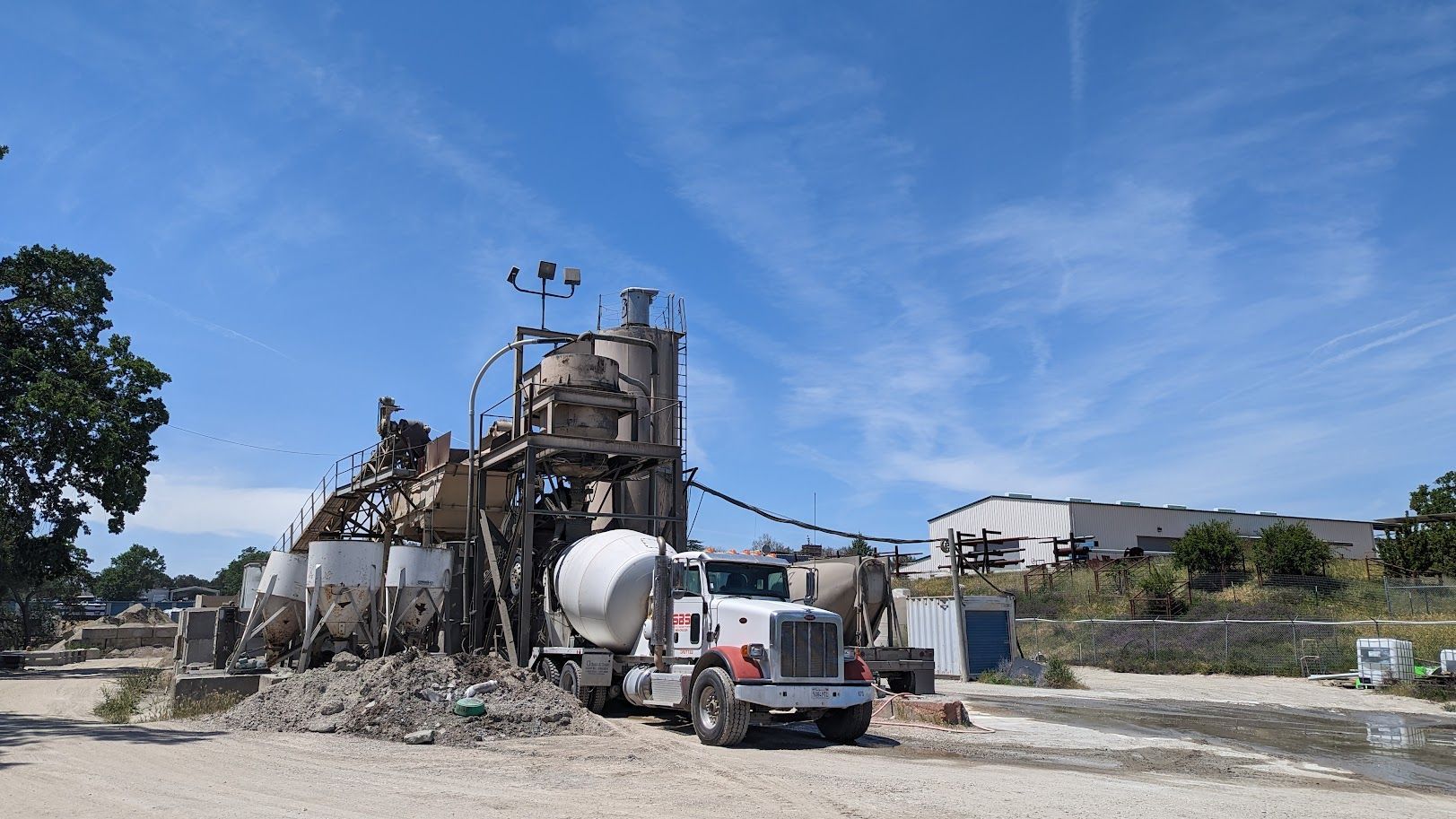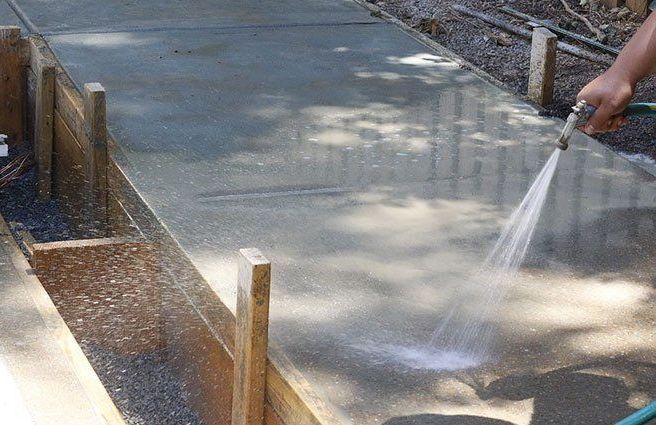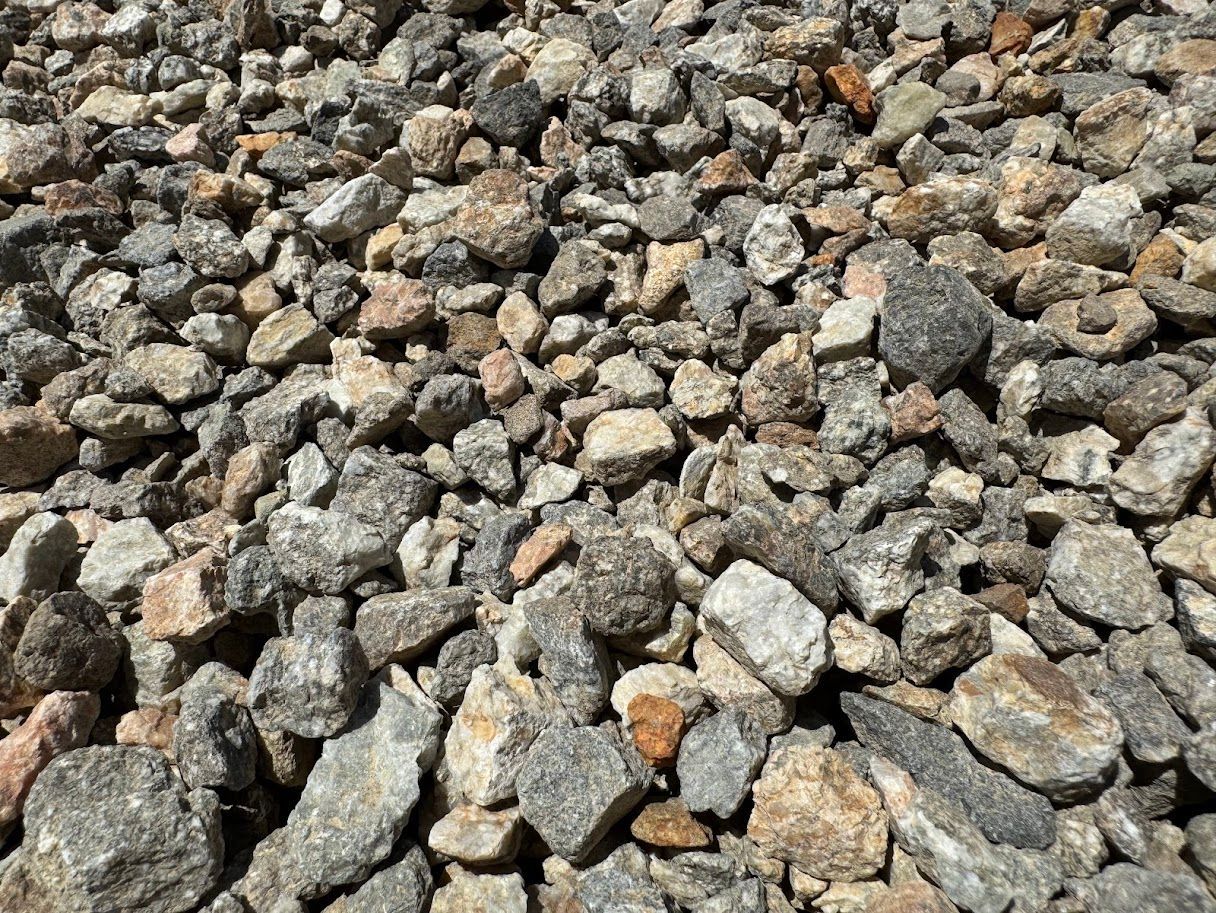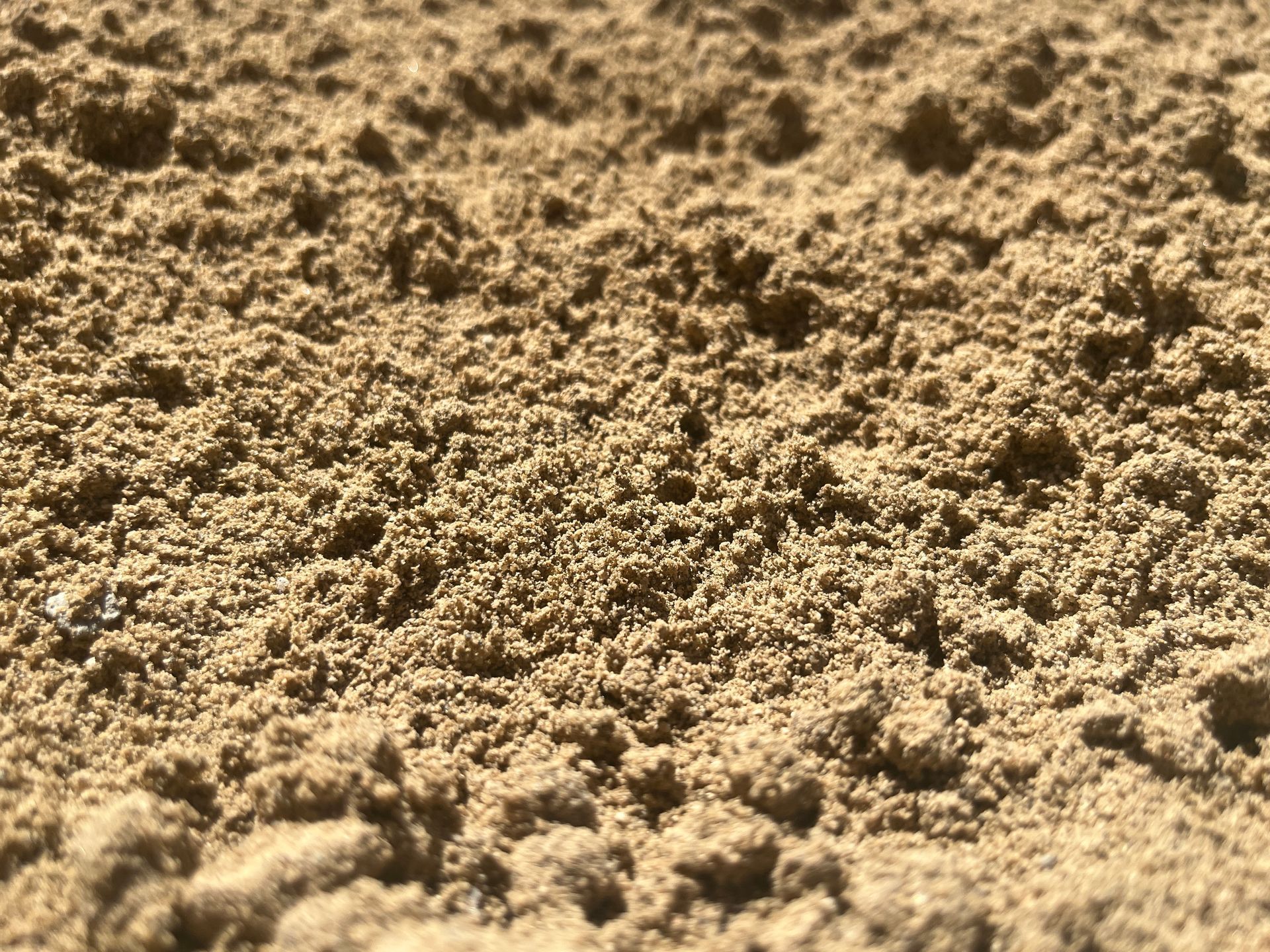Aggregate 101: More Than Just Rocks – Exploring the Role of Sand, Gravel, and Crushed Stone
When you think of construction, your mind probably jumps to steel beams, towering cranes, or perhaps the sleek lines of a modern building. But often overlooked are the unsung heroes of the construction world: aggregates. These seemingly simple materials – sand, gravel, and crushed stone – are far more than "just rocks." They form the very backbone of our infrastructure, and understanding their role is key to appreciating the strength and durability of everything from our roads to our skyscrapers.
What Exactly Are Aggregates?
At their core, aggregates are granular materials used in construction. They are typically inorganic and can be natural (like sand and gravel) or manufactured (like crushed stone and some recycled materials). They serve as a fundamental component in concrete, providing volume, strength, and stability.
The Different Types of Aggregates and Their Properties:
Let's break down the main players in the aggregate world:
- Sand:
- Description: Fine granular material, typically less than 4.75 mm in size. It's often formed from the natural weathering and erosion of rocks.
- Properties: Provides workability and cohesiveness to mixes. Its fineness helps fill voids between larger aggregate particles, creating a denser, more uniform material.
- Where it comes from: Riverbeds, glacial deposits, and quarries.
- Gravel:
- Description: Coarser than sand, with particle sizes generally ranging from 4.75 mm to 75 mm. It's also naturally occurring, often rounded due to erosion and transport.
- Properties: Offers bulk and strength. Its rounded shape can improve the workability of concrete, though angular gravel might be preferred for certain applications for better interlocking.
- Where it comes from: Riverbeds, glacial deposits, and gravel pits.
- Crushed Stone:
- Description: Produced by crushing larger rocks (like granite, limestone, or basalt) into various sizes. This process creates angular, irregular particles.
- Properties: Provides excellent interlocking and mechanical stability due to its angular shape. This makes it ideal for applications requiring high strength and resistance to movement. Its properties can vary significantly depending on the parent rock.
- Where it comes from: Quarries where rock is mined and then crushed and screened to specific sizes.
It's worth noting that companies like SBS enhance their control over quality and supply by owning and operating their own rock quarry, providing a direct source for their aggregates.
Other Important Aggregate Properties:
Beyond just size and shape, other properties are crucial:
- Durability/Hardness: The ability of the aggregate to resist weathering, abrasion, and crushing. This ensures the long-term integrity of the final product.
- Strength: The aggregate's ability to withstand compressive forces.
- Specific Gravity: Relates to the density of the aggregate, impacting the overall weight of the concrete mix.
- Absorption: How much water the aggregate can absorb. This is important for concrete mix design, as it affects the water-to-cement ratio.
- Cleanliness: The absence of deleterious materials (like clay, silt, or organic matter) that can compromise the performance of the mix.
Why Are Aggregates Crucial for Concrete and Other Construction?
Aggregates are not just filler; they are fundamental to the performance and economics of construction materials:
- Strength and Stability: Aggregates provide the bulk and structural integrity to concrete and asphalt. They bear the majority of the load, while the binding material (cement paste in concrete, bitumen in asphalt) acts as a glue, holding the aggregates together. Without aggregates, concrete would be a brittle and expensive material.
- Volume and Economy: Aggregates constitute 60-80% of the volume of concrete. Using readily available and relatively inexpensive aggregates significantly reduces the cost of concrete and asphalt, making large-scale construction economically viable.
- Reducing Shrinkage and Cracking: In concrete, aggregates help control shrinkage and cracking that can occur as the cement paste dries and hardens. They provide a stable framework that minimizes dimensional changes.
- Improved Workability: The right blend of aggregate sizes (a well-graded aggregate) improves the workability of concrete, making it easier to mix, transport, place, and finish. Sand, in particular, plays a vital role in providing lubricity.
- Permeability Control: Proper aggregate selection and grading can influence the permeability of concrete, which is crucial for durability, especially in environments exposed to water or chemicals.
- Bearing Capacity for Foundations: In road construction and foundations, compacted aggregate layers provide a stable, load-bearing sub-base, distributing weight and preventing settlement.
The Unsung Heroes
From the smallest sidewalk to the largest dam, aggregates are the silent workhorses that make our built environment possible. They are carefully selected and proportioned to meet specific engineering requirements, ensuring that our roads are smooth, our bridges are strong, and our buildings stand tall for generations. So, the next time you walk on a paved surface or see concrete being poured, remember that there's more than just rocks at play – there's a carefully engineered blend of sand, gravel, and crushed stone, holding it all together.
















